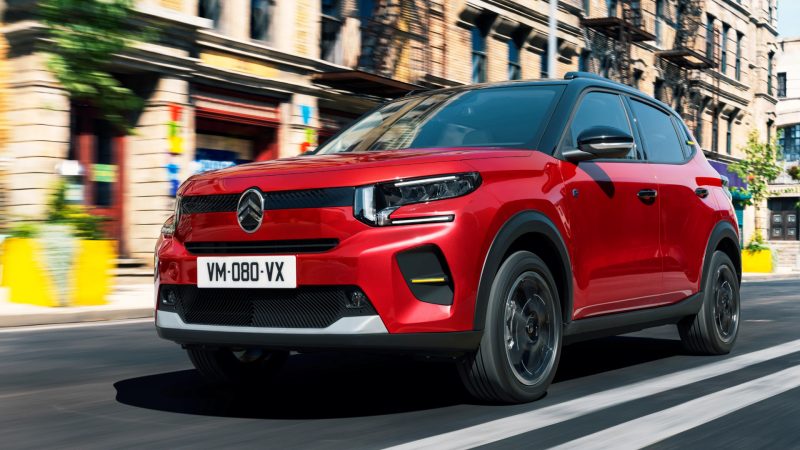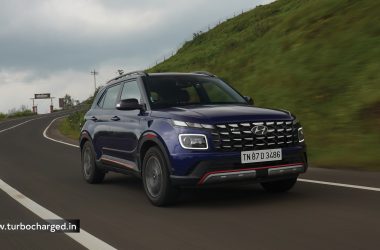The folks at Citroën have given the C3 a fourth iteration in markets abroad. But that’s not the highlight as the new iteration will be sold as an EV only, in the form of the ë-C3. The name is familiar as India gets this electric hatchback but the European-spec models have plenty of differences.
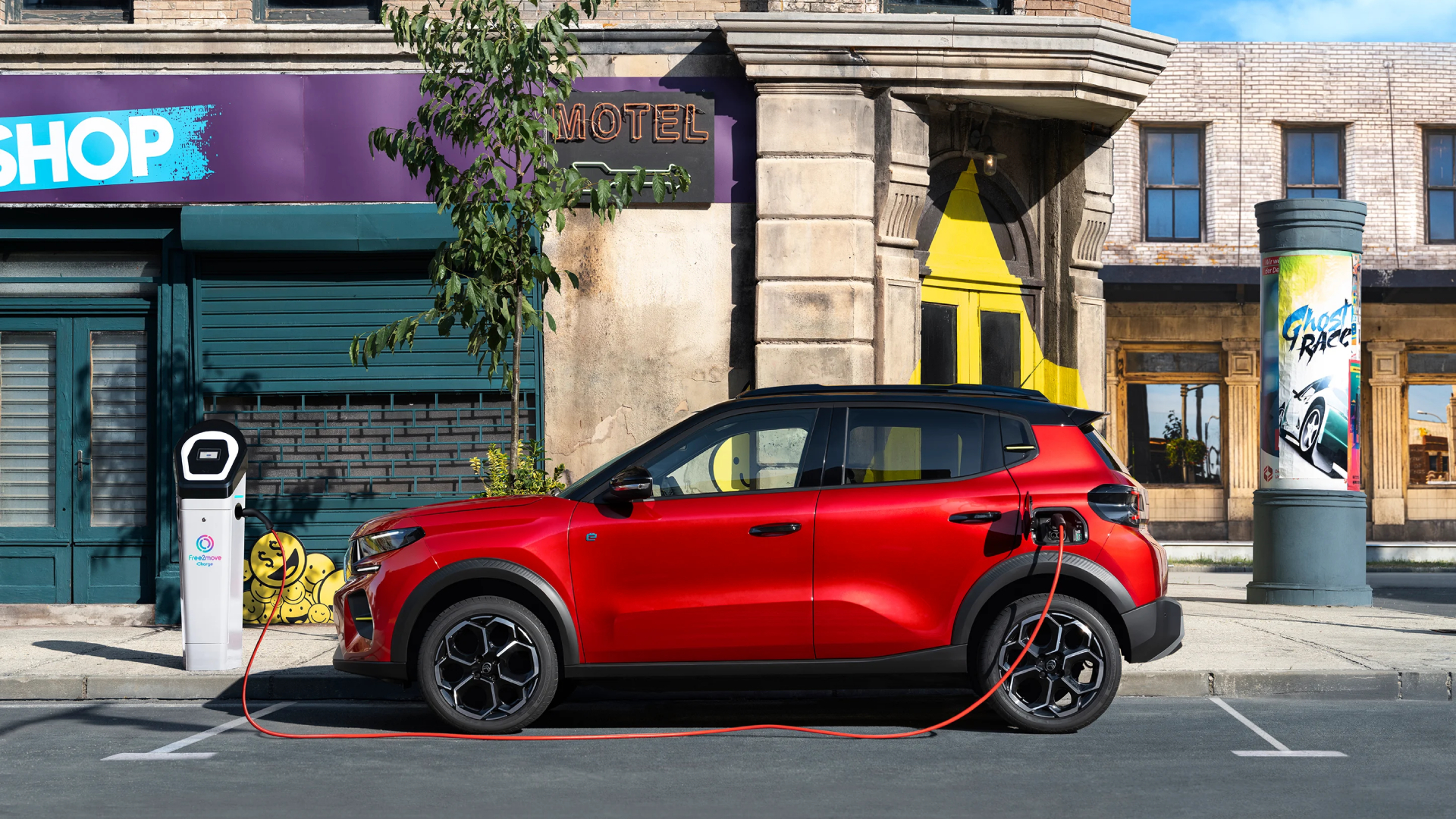
Starting with the exterior, while the hatchback silhouette looks to be similar, the styling takes cues from the Oli concept. Aside from featuring the carmaker’s new logo, there’s a cool set of C-shaped lighting, complemented by a tall and chunky front bumper. From the sides, the fenders are a bit more pronounced and the rear features sleek C-shaped tail lamps.
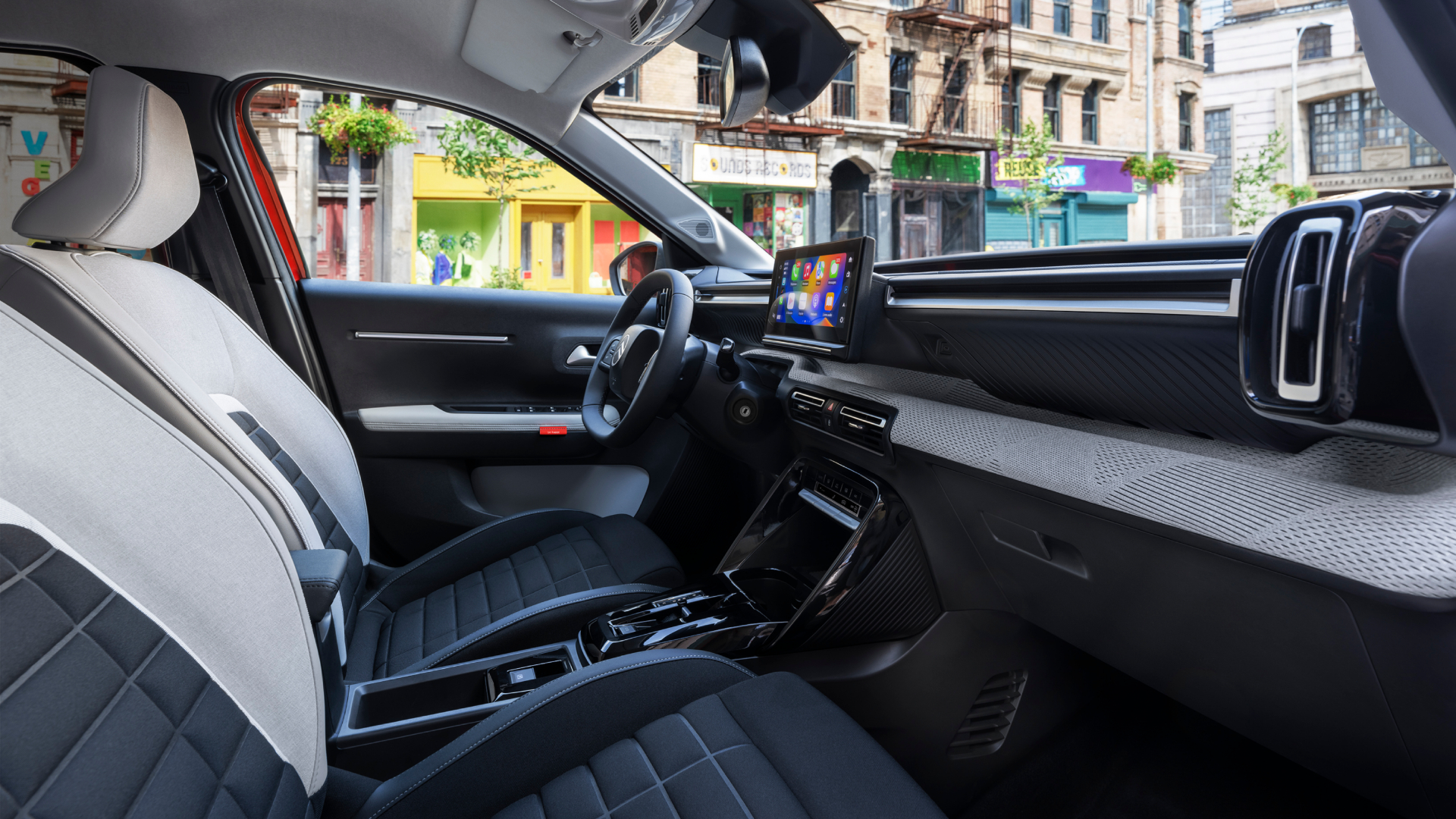
Inside, the differences continue with a two-layer dashboard, a new digital driver’s display, a flat-bottom steering wheel and a 10.25-inch touchscreen infotainment system grabbing all the attention. There’s also some additional kit in the form of a head-up display, auto wipers, power folding and heated ORVMs, automatic climate control and a wireless phone charger.
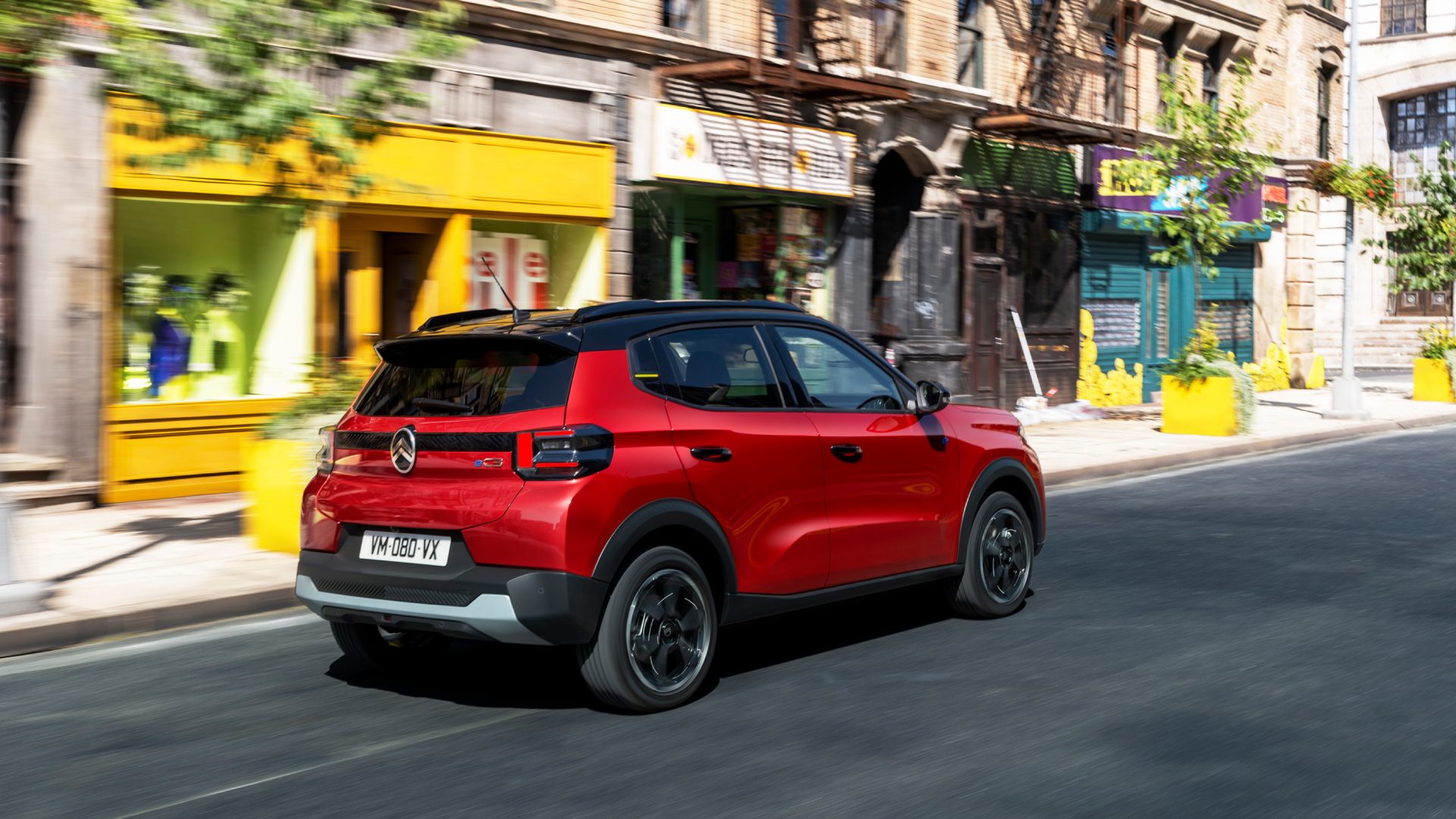
The biggest difference lies under the hood. The Euro-spec ë-C3 packs an 111PS electric motor, juiced by a 44kWh Lithium Ferro Phosphate battery pack to help deliver a WLTP-claimed range of 320km. There’s also a more affordable entry-level variant with a claimed range of 200km that will show up in 2025. For reference, the electric hatchback sold in India has a 57PS electric motor and a 29.2kWh battery pack that allows an ARAI-claimed range of 320km on a single charge. Also, the Euro-spec ë-C3 is based on the CC21 platform like the India-spec ë-C3 but is heavily modified with a more reinforced crash structure and tweaks to improve refinements.
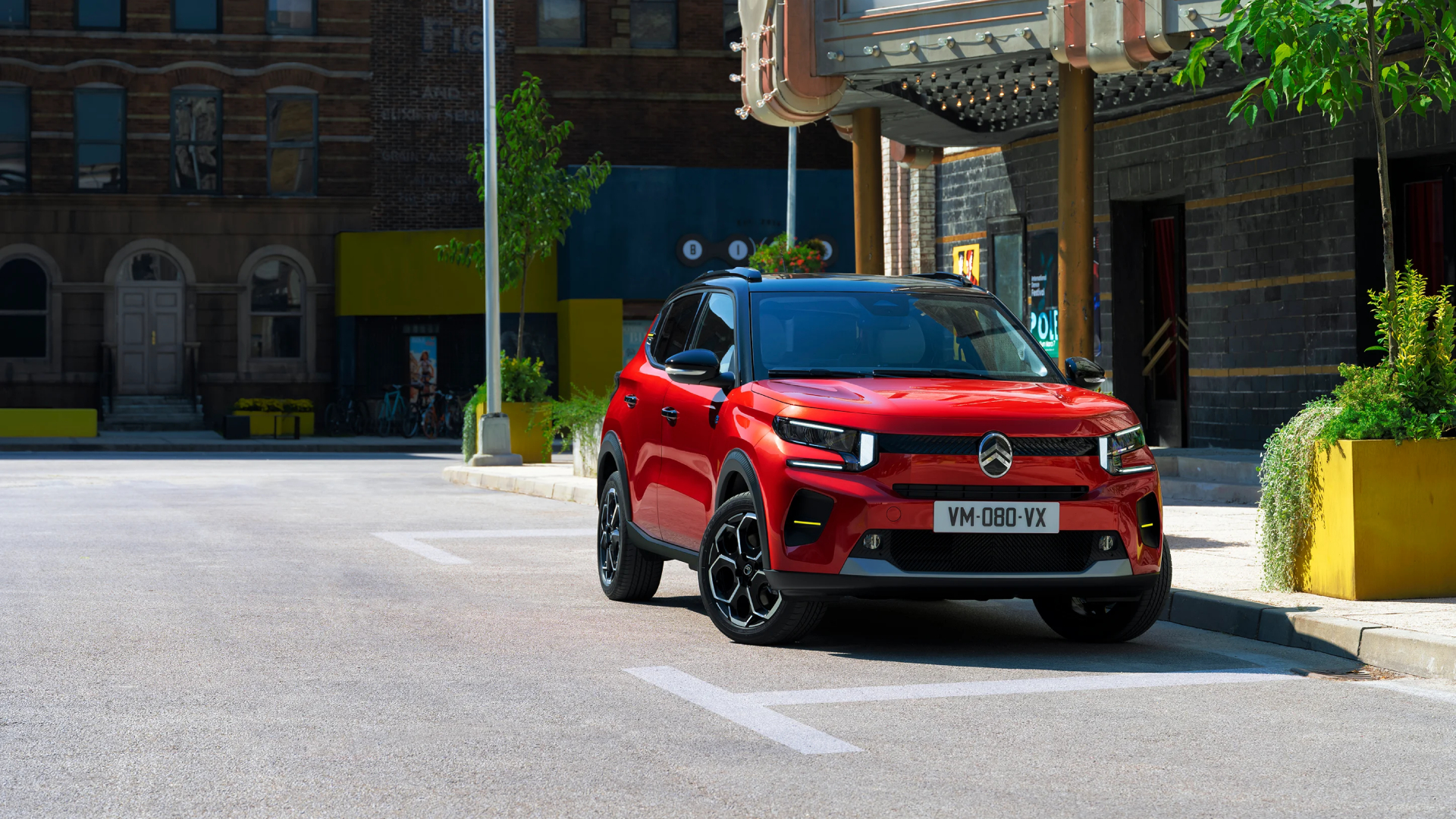
Will Citroën bring over the C3 from markets abroad to replace the one sold in India? It’s unlikely, but we could see the carmaker take that model as an inspiration for the next iteration of its India-spec model. This should give it a better standing against its main competitor, the Tata Tiago EV.





